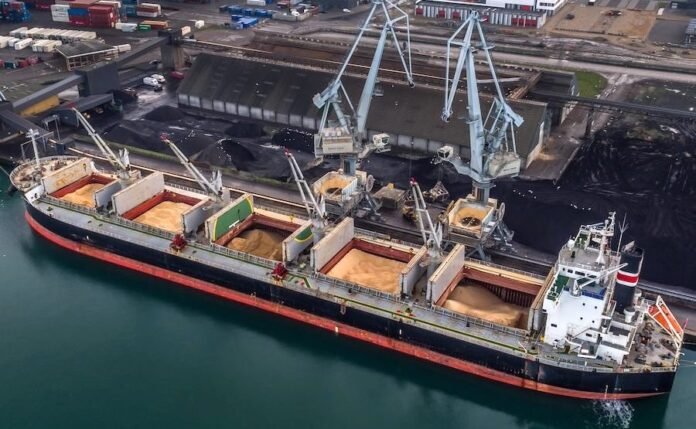Willem Vermaat, shipping director at Heidelberg Materials Trading, shares his perspective on the intricacies of dry bulk shipping.
What is the challenge in calculating freight? It’s not rocket science, is it? Or is it perhaps a form of art?
Fundamentally, freight is a simple equation; total expenses divided by cargo intake gives freight per metric ton. However, if it were that simple, anybody could do it, or perhaps AI would take over. In the meantime, we believe we are the artists, the only ones capable of understanding and interpreting the complexities involved and producing something magical, the freight rate. We cover the equation in secrecy when speaking to non-shipping people; we use our secret codewords, FFAs, stowage factors, ton-miles, fuel consumption, SHINC/SHEX, and maybe the best one to silence a crowd: geopolitical developments.
A vessel’s cargo intake is subject to physical constraints. The vessel’s particulars, the cargo’s stowage factor, and the prevailing restrictions in ports, like available draft, LOA, and density, will provide an estimated intake. Additionally, constants and bunkers onboard must be considered. Of course, the master will calculate something less optimistic, but that’s under the guise of safety and stability and a whole different topic.
Total expenses can be categorised into a vessel’s daily value and voyage expenses. Components such as voyage duration, fuel consumption, DAs, insurance, surveyor fees, and other miscellaneous costs are readily available or relatively easy to calculate. Software tools can provide restrictions and DAs for virtually all ports and cargoes, and make the calculation process faster, more reliable, and less prone to errors from the worn-out Excel sheets that have been passed on through generations.
Where it gets more exciting is determining the vessel’s daily value. Whereas it is a science to ascertain various parameters, like physical restrictions and involved expenses. The process of determining a vessel’s daily market value is more abstract.
It is during this process that the trader’s subjectivity starts playing a significant role. Factors such as market sentiment, vessel positioning, FFA and bunker curves, weather conditions, congestion, and seasonality must be considered. Traders often rely on their sense of timing, intuition, experience, and a bit of gut feeling to arrive at a highly nuanced and personalised freight rate, or let’s get a bit more exotic and call the result… a piece of art.






